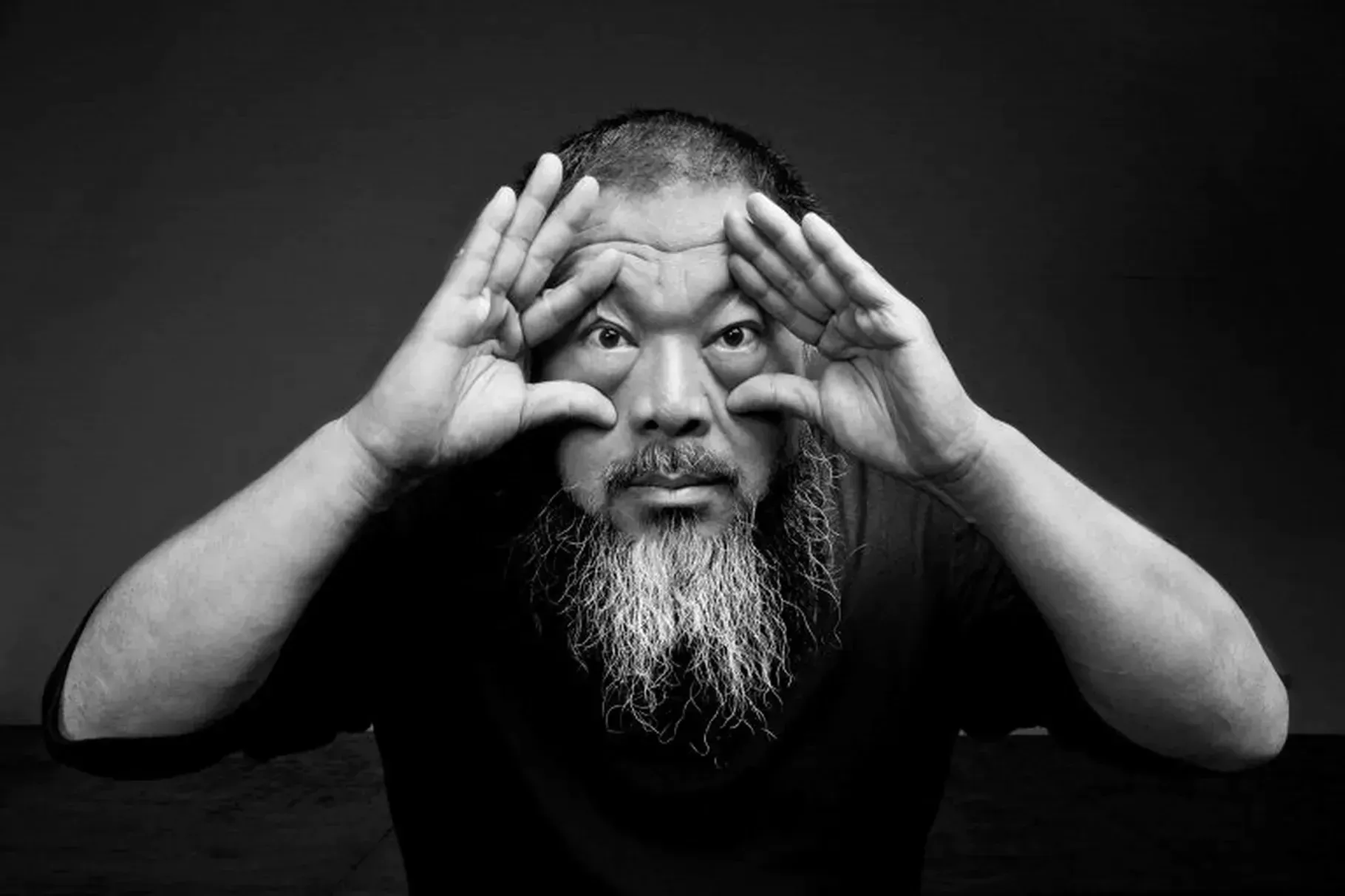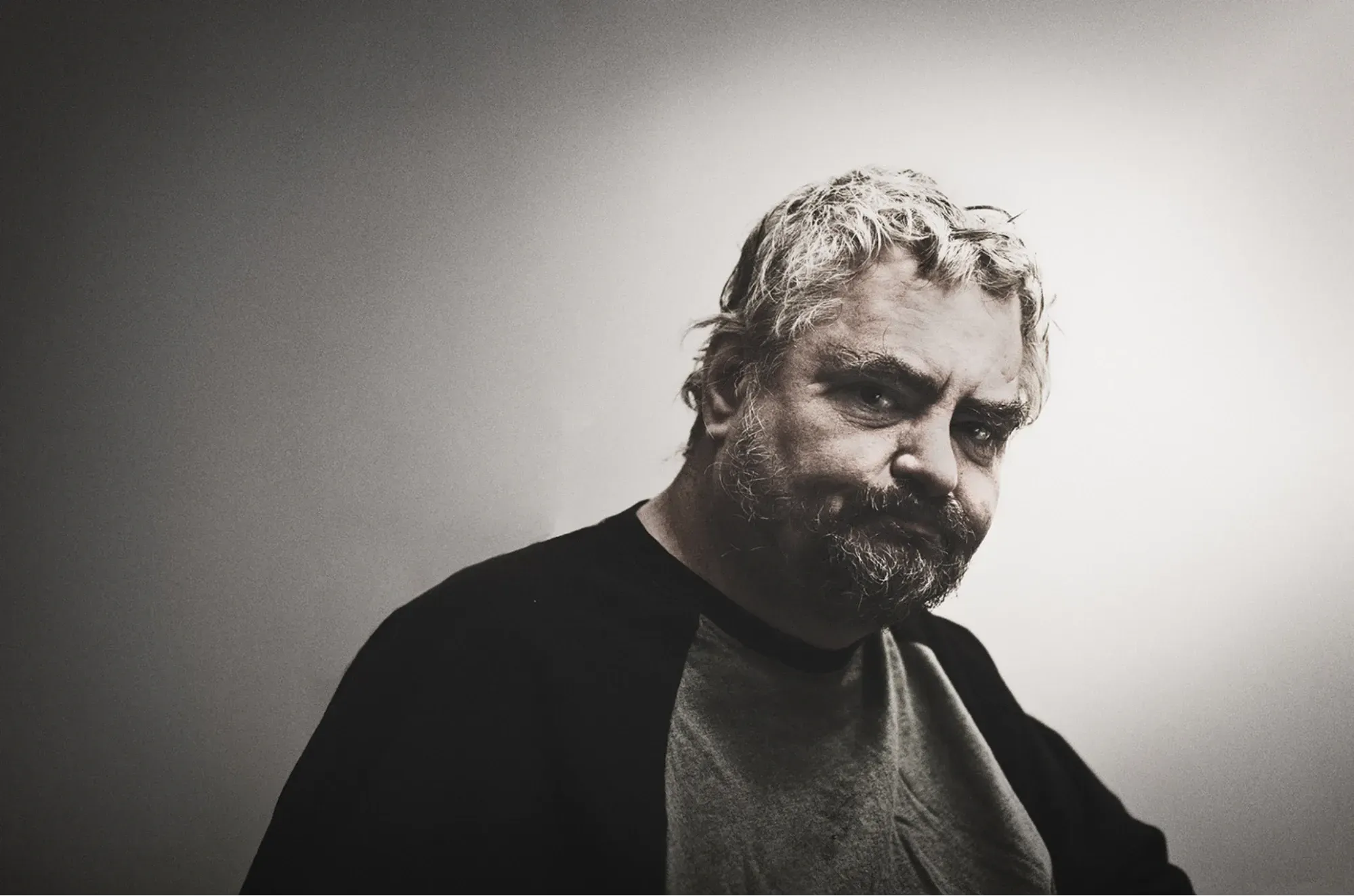Word on the Street: The Home Edition
Written by
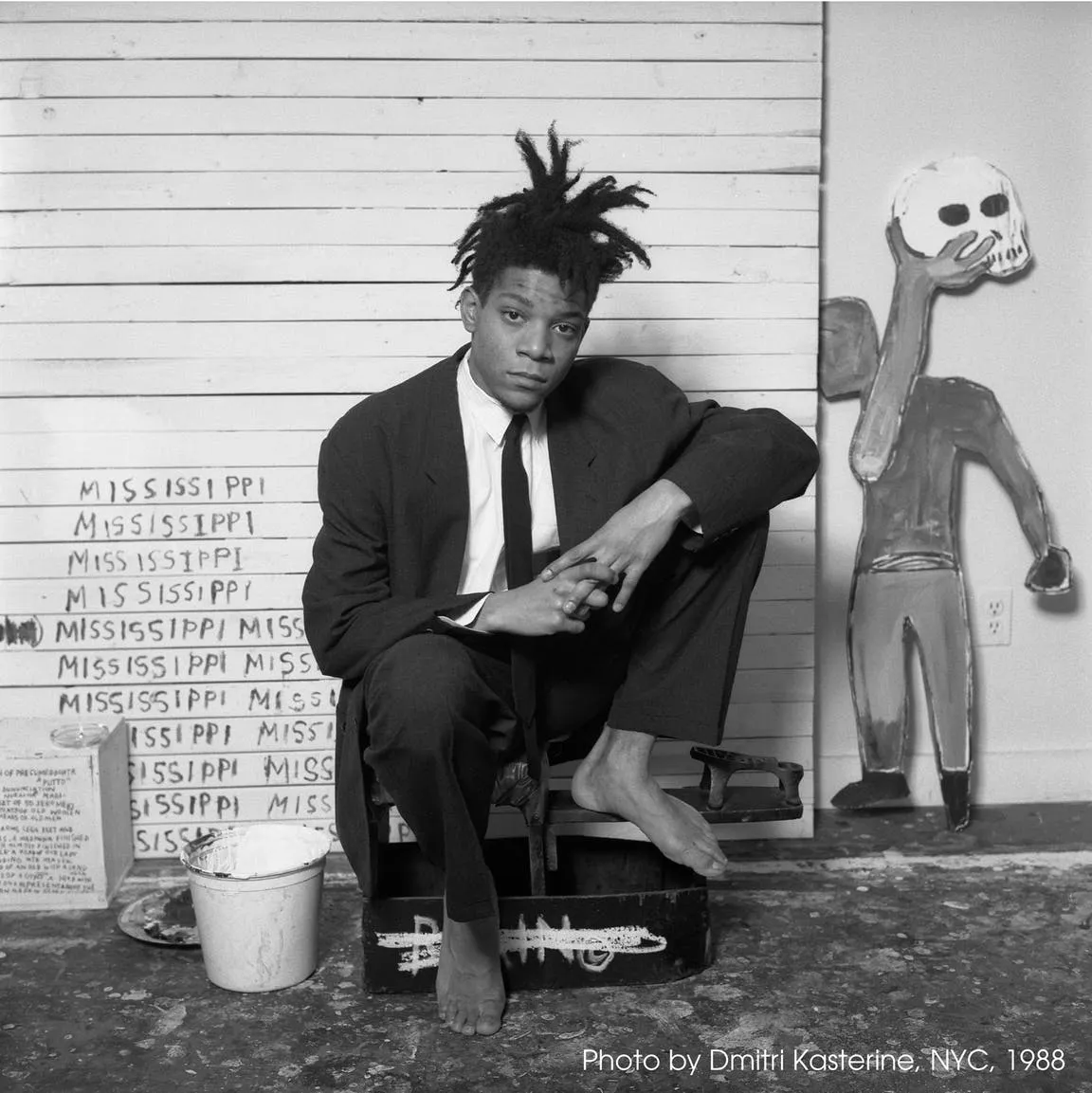
So COVID-19 is officially a pandemic. While the arts world is finding creative responses to this global issue, some people are still choosing to self-quarantine in their houses.
For those of us who work remotely, little has changed, but I understand there could be an adjustment period for people who don’t work from bed all day.
So for this week's Word on the Street, I thought I’d stick to things you can enjoy from the comfort of your home - namely watching films about artists.
Jean-Michel Basquiat: The Radiant Child (2010)
There’s a bunch of docos about Basquiat, but this one is something special. A big part of what sets it apart is the director, Tamra Davis, who had a close relationship with Basquiat. The footage Davis shot of her interviewing the New York artist during his rise to fame make up a good portion of the film. But it’s also the heart at the centre of the doco, the time and care, that makes this enjoyable.
Davis got her start directing music videos for the likes of The Smiths and Sonic Youth and you can feel that pace with the way the film moves.
The film cuts between footage of 1980s New york, Basquiat's art and talking heads of people that knew him, all while a frantic free jazz soundtrack (made by Ad Rock and Mike D from the Beastie Boys) plays underneath.
Even if you’re familiar with the story of the artist’s rise to fame and untimely death, I reckon you’ll be entertained and inspired by this film.
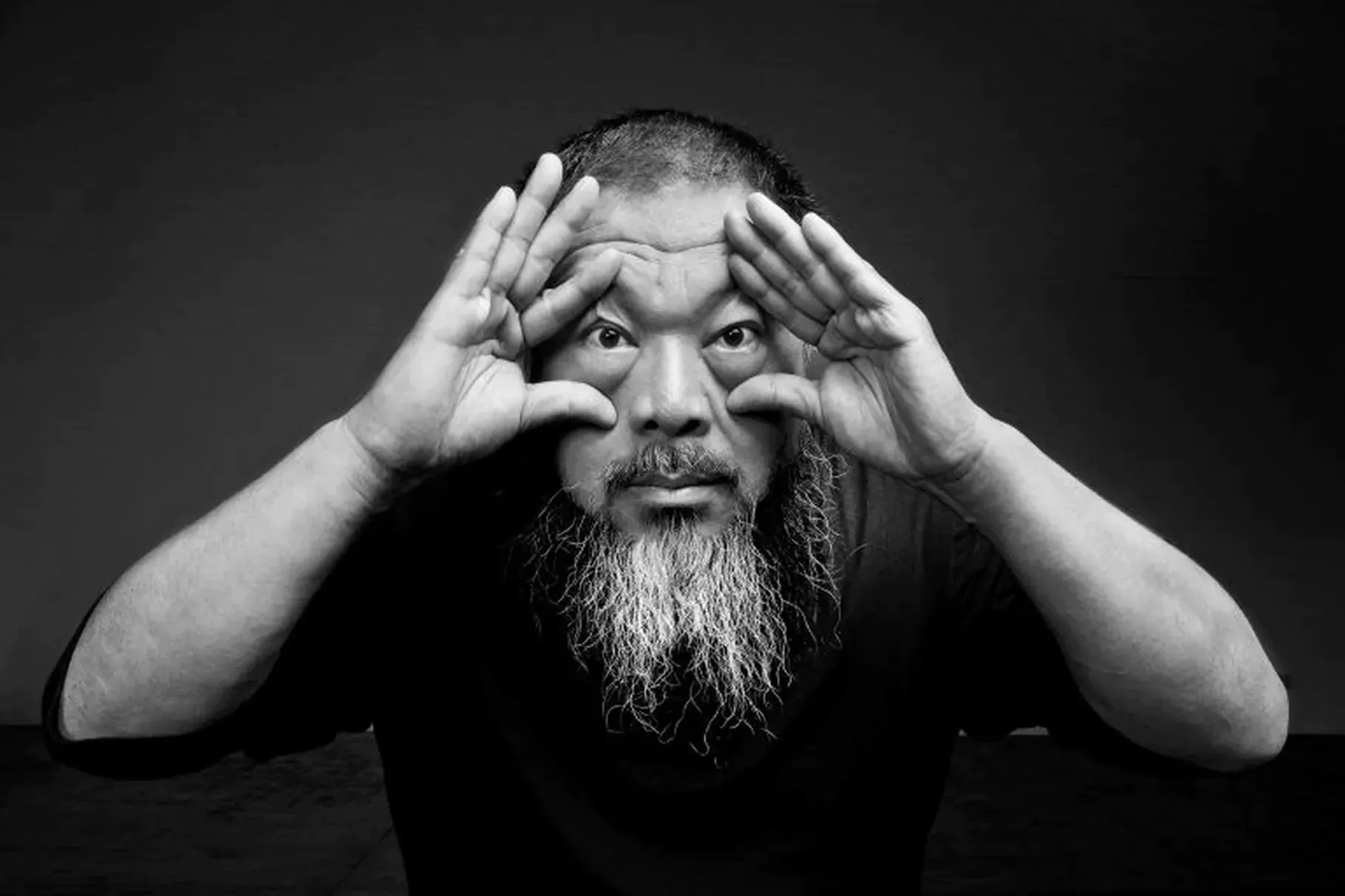
Ai Weiwei. Image: Ai Weiwei Studios
Ai Weiwei: Never Sorry (2012)
Shot by first time director Alison Klayman between 2008-10, the film follows Ai Weiwei as he prepares for a number of major exhibitions. But his increasing clashes with the Chinese state soon become the centre of the film.
During the documentary we see him being arrested, beaten and detained by the authorities, all the while refusing to back down. Ai Weiwei’s work blurs the lines between art and activism, and while his outspoken defiance is inspiring, as the documentary goes on you begin to genuinely worry for his safety.
Klayman does an amazing job of not just showing you his artistic practice and public dissent but also quieter moments of the artist with his family. These moments of vulnerability make it all the harder to watch when the authorities close in.
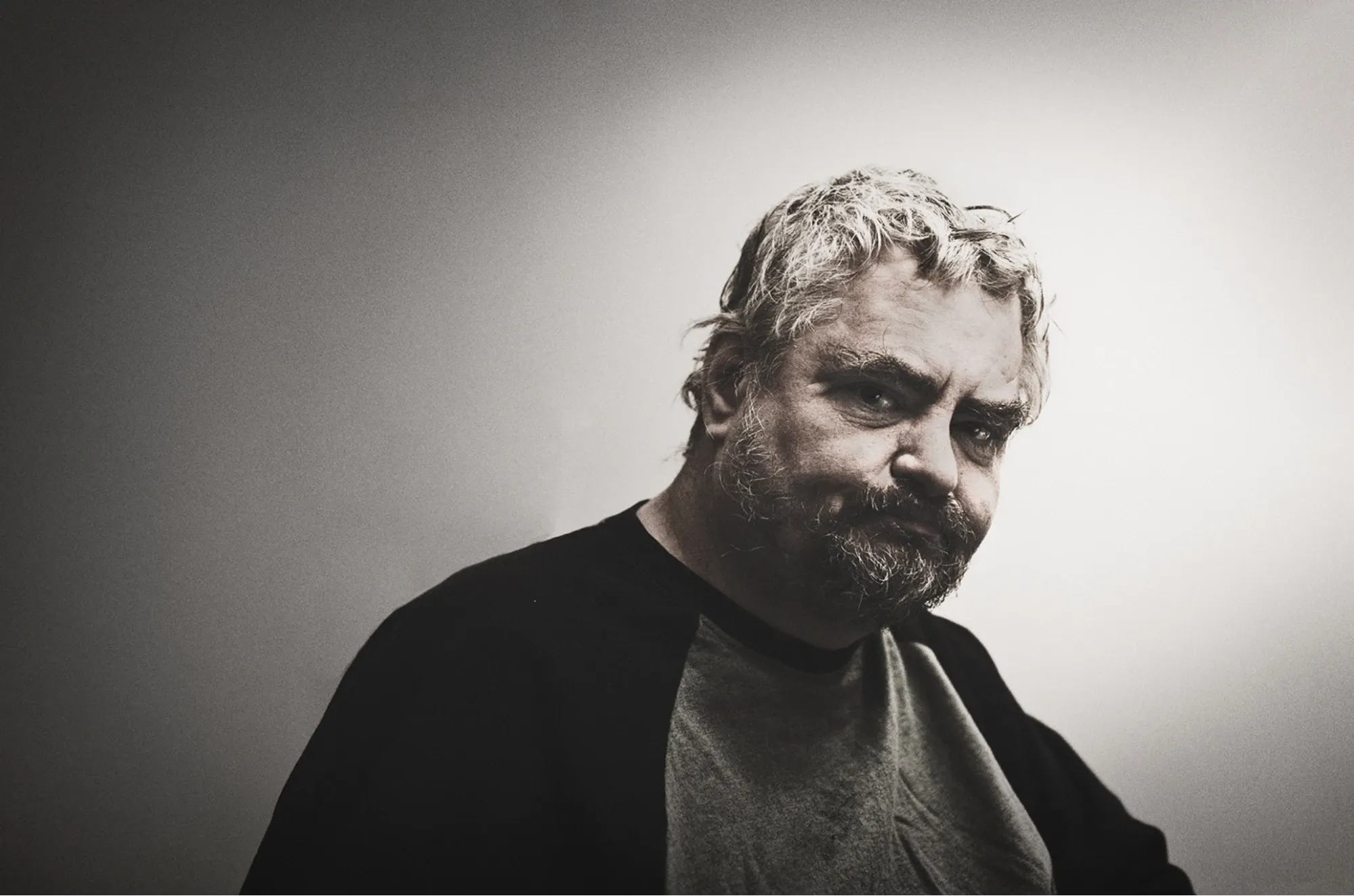
Daniel Johnston. Image: Peter Juhl.
The Devil and Daniel Johnston (2005)
This film breaks from the usual template of meteoric rise and tragic fall of most art documentaries. Primarily because musician and artist Daniel Johnston didn’t rise that far, and the fall began almost immediately.
Johnston, who passed away last September, struggled with bipolar and manic depression most of his adult life. This led to a number of tragic and dangerous incidents; throwing the keys out of a moving plane and attacking his manager with a lead pipe. But it also spurred the creation of countless amazing songs and art works.
The film highlights how mental illness and creativity often feed off each other, and through all the plane crashes and chaos, we see Johnston as an artist trying to express himself.
